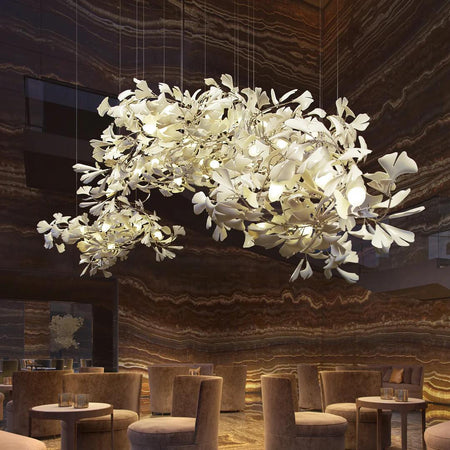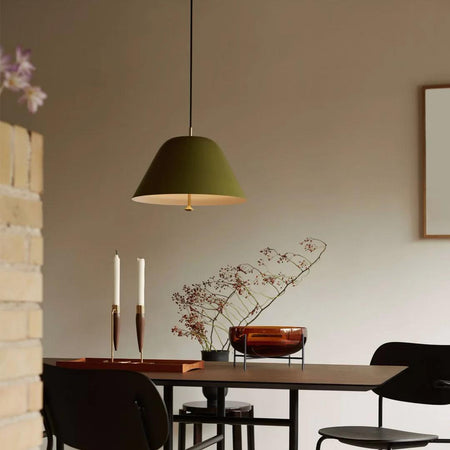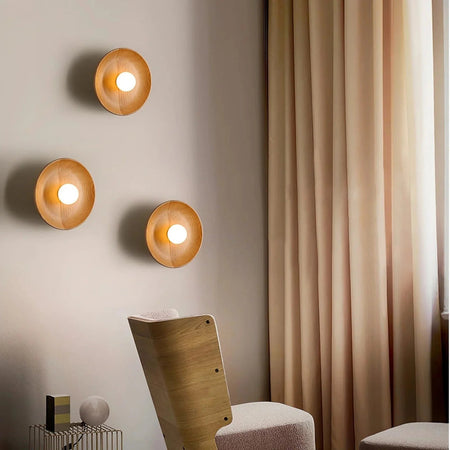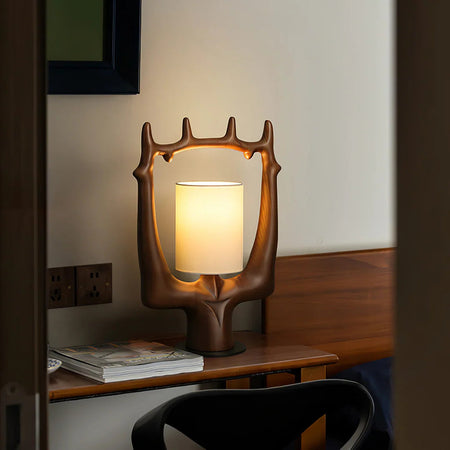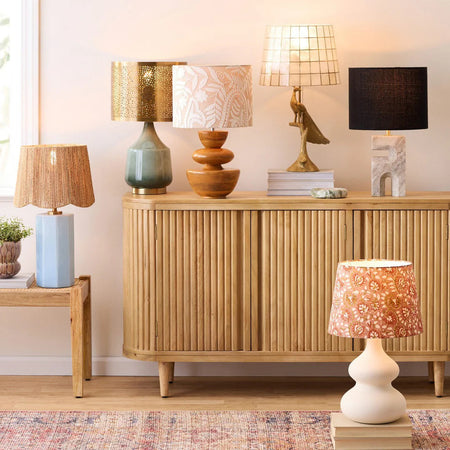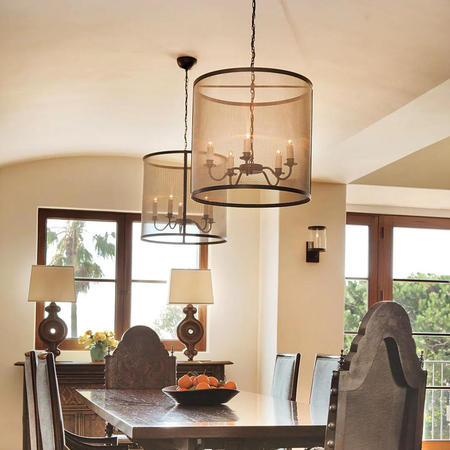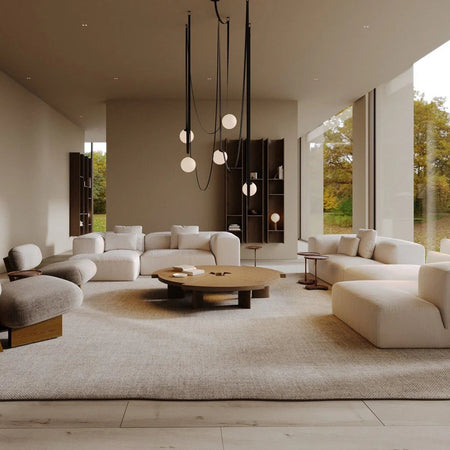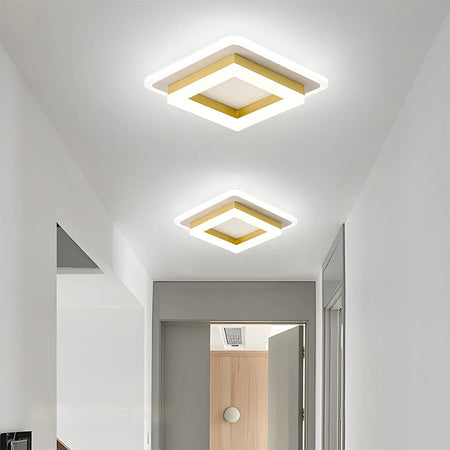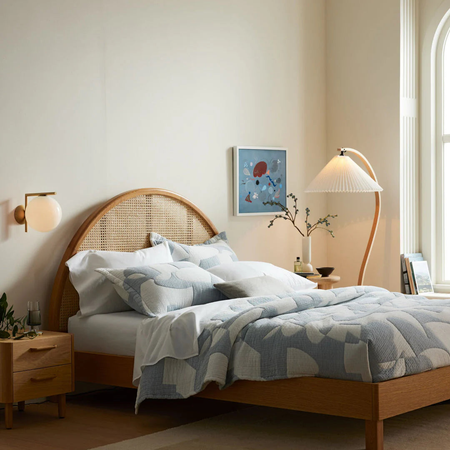1. Product Features Overview
When exploring our range of lighting fixtures, it’s essential to understand various features. Please note that not all products will have the same capabilities. Always refer to the Description section for specific features, such as dimmability or color-changing options.
Dimmable Version: This variant comes equipped with a remote control, allowing you to adjust both the brightness and color temperature of the light. Please note that these fixtures are not compatible with traditional dimmer switches.
Three-Color Changeable Version: These fixtures are controlled by your existing wall switch. You can cycle through different color temperatures, but they do not have a memory function. This means that when you turn the light back on, it will revert to the default setting. Additionally, you cannot set it to one specific light source permanently.
2. Understanding Color Temperature
Color temperature, measured in Kelvin (K), indicates the hue of the light emitted by a source and influences the ambiance and mood of a space. Here’s a simplified breakdown:
Warm White (3000-3500K): Lights in this range emit a warm, cozy glow that is inviting and comfortable. Ideal for living rooms, bedrooms, and dining areas, warm white light creates a relaxing environment.
Neutral Light (4500-5000K): This temperature mimics natural daylight, providing bright and clear illumination. It is versatile and suitable for areas like kitchens, bathrooms, offices, and retail spaces, promoting focus and enhancing visibility.
Cool White (6000-6500K): Emitting a crisp and invigorating light, cool white is excellent for task-oriented environments. It’s perfect for workshops, garages, and display areas, as it enhances concentration and energy levels.
Each color temperature serves a distinct purpose and can significantly influence the functionality and aesthetics of a room. When selecting lighting, consider the activities that will take place in each space and choose a color temperature that aligns with the desired atmosphere.
By understanding these features and color temperatures, you can make informed decisions that enhance both the functionality and beauty of your space.

